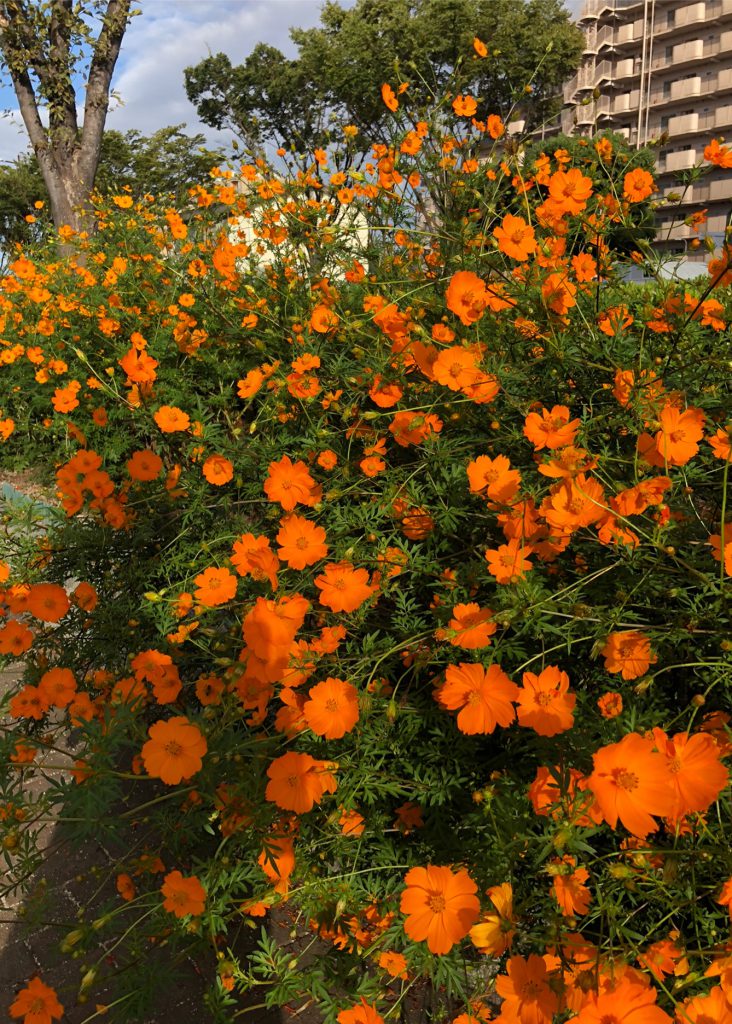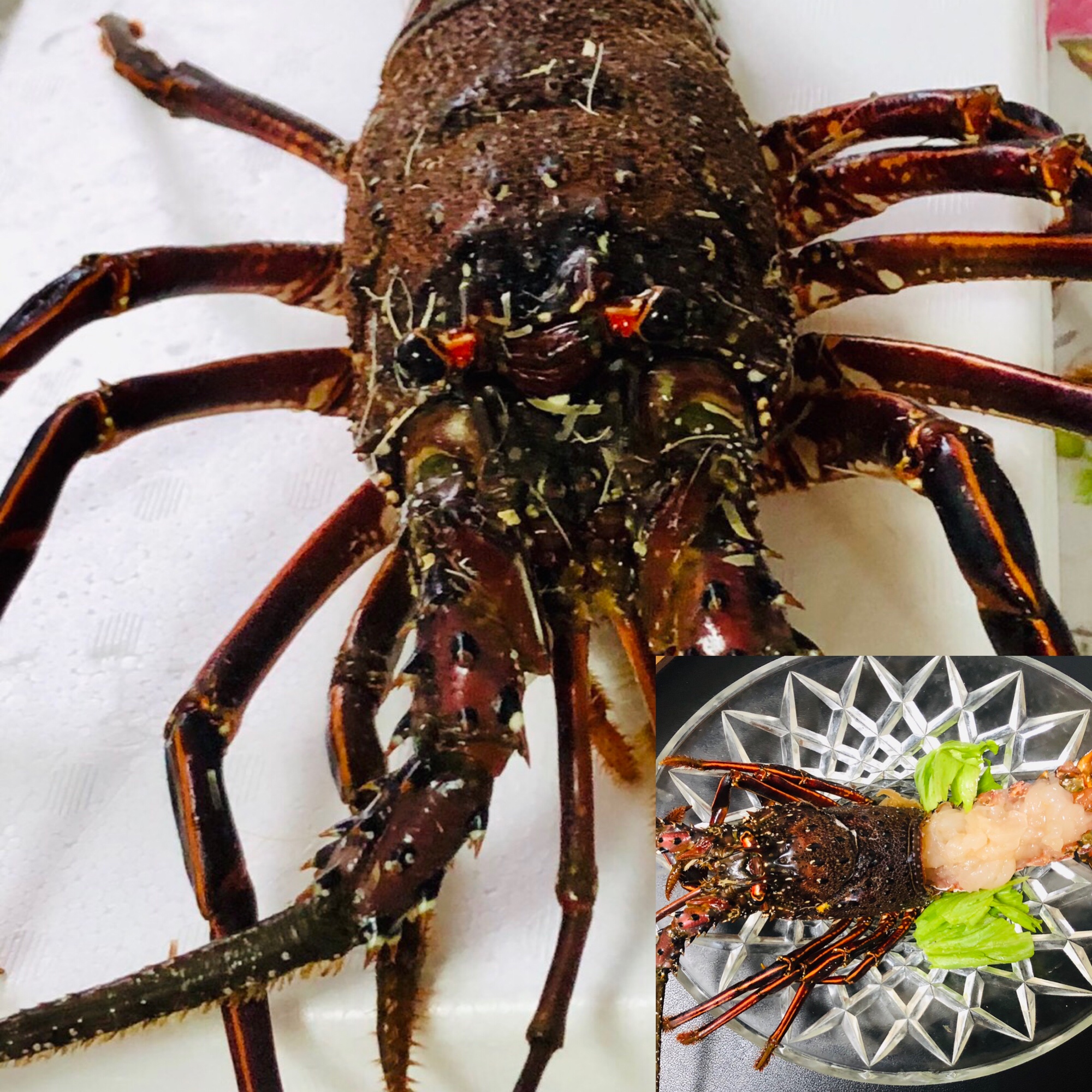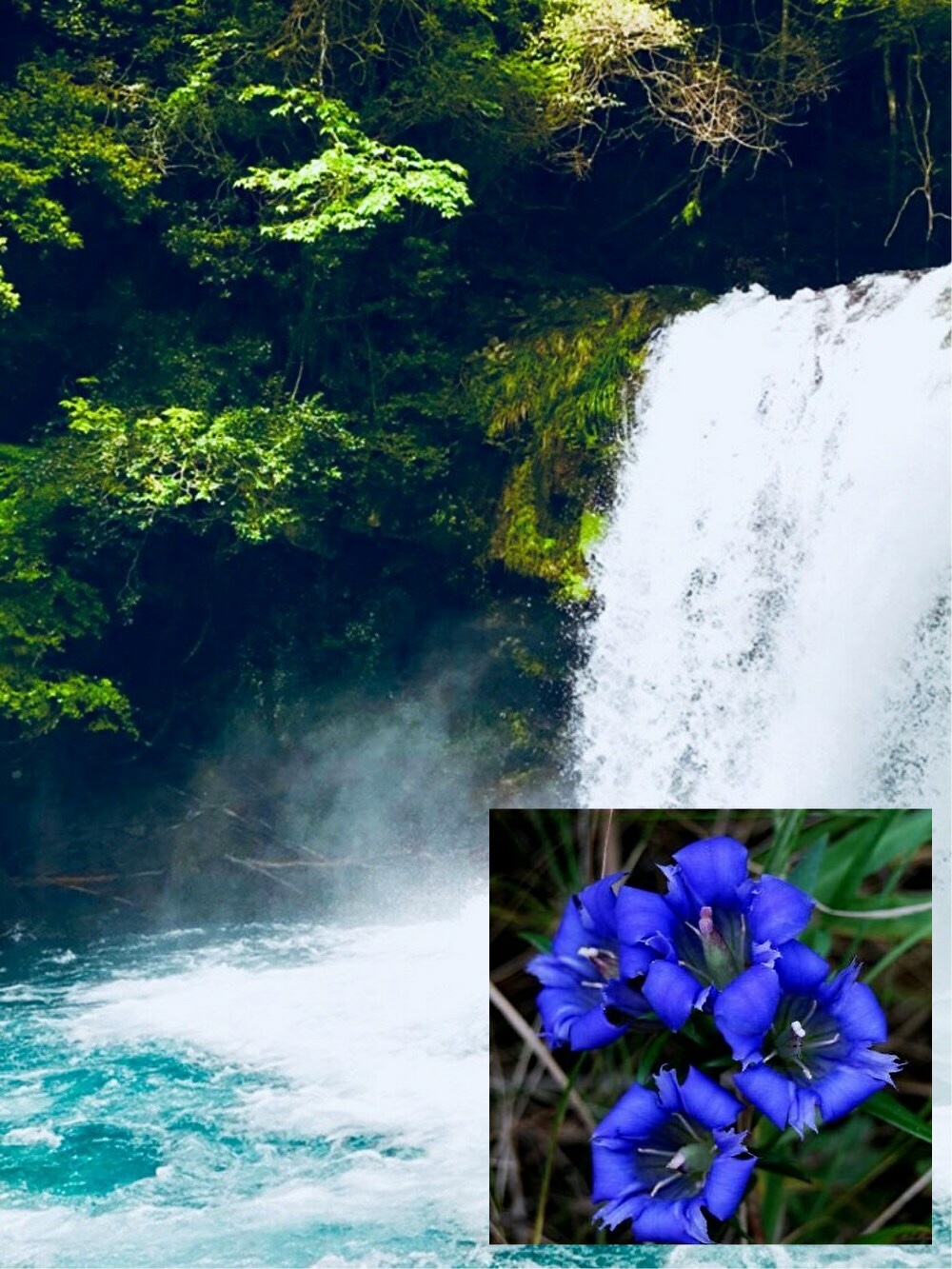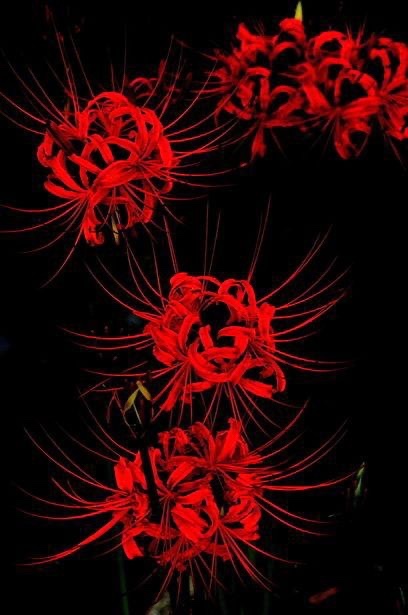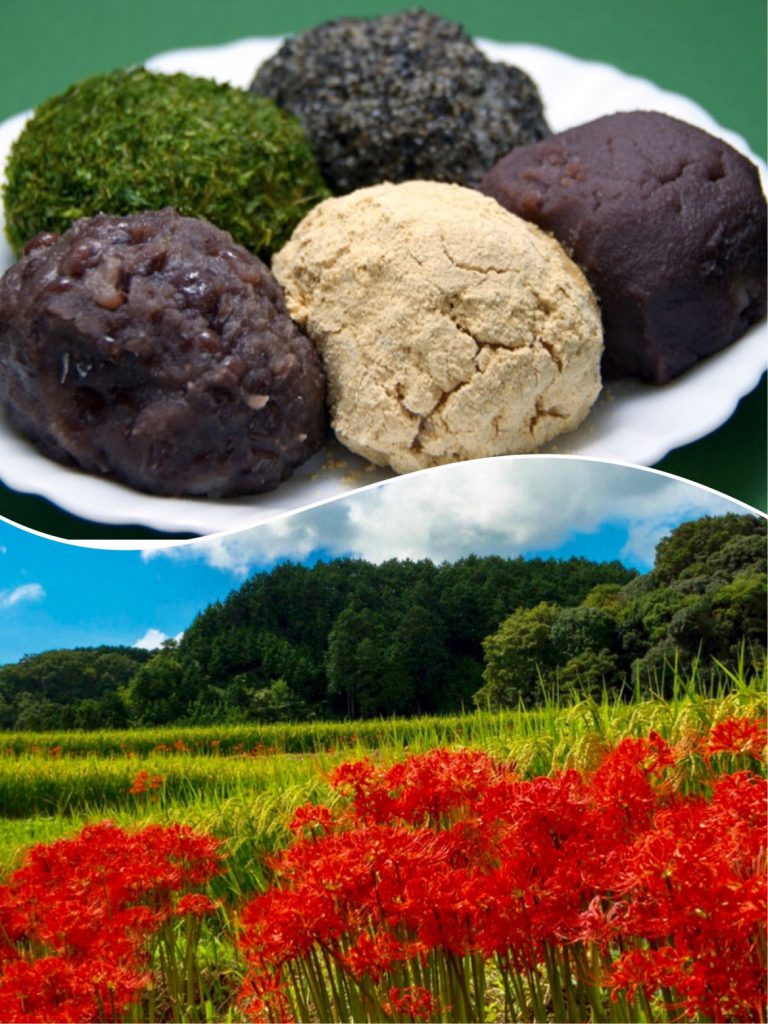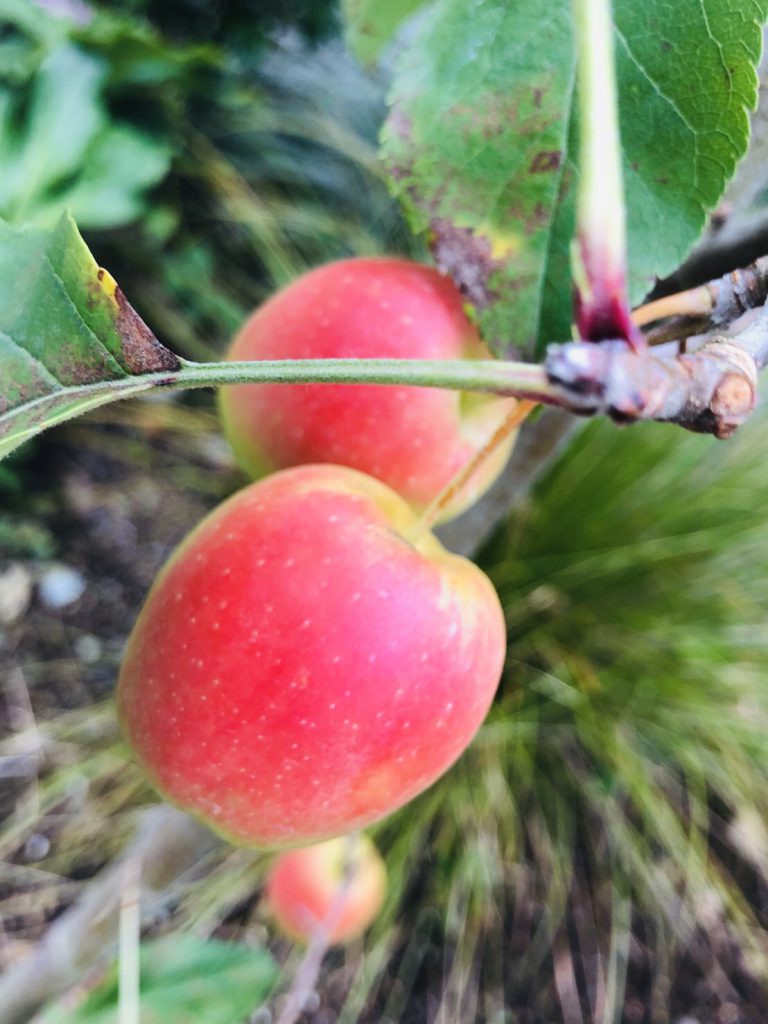
Hime-Ringo (princess apple) is spherical and 2-2.5 cm in diameter. When ripe, it turns from yellow to crimson and bears cute little fruits. In Japan, even ripe ones have a strong acidity, so their edible value is low, and because of the cuteness of flowers and fruits, they are popular for ornamental purposes such as bonsai and garden trees. However, the “Ringo-ame (candy apple)” that you can see at festival stalls is a variety called “Otome of the Alps”, and the skin is astringent, the flesh is a little hard, and you can feel the sweetness and sourness firmly, and it has a small but rich taste. It is characteristic.
姫りんごは球形で直径が2-2.5cm。熟すと黄色から紅色になり、可愛い小さな実を付けます。日本においては、熟したものであっても酸味が強いため食用価値が低く、花や実の可愛らしさから、盆栽や庭木など観賞用として人気があります。ただ、お祭りの屋台で見かける「りんご飴」は、「アルプスの乙女」と言う品種で、皮は渋みが強く、果肉はやや硬め、甘味と酸味をしっかり感じることができ、小さいながら濃厚な味が特徴的です。


